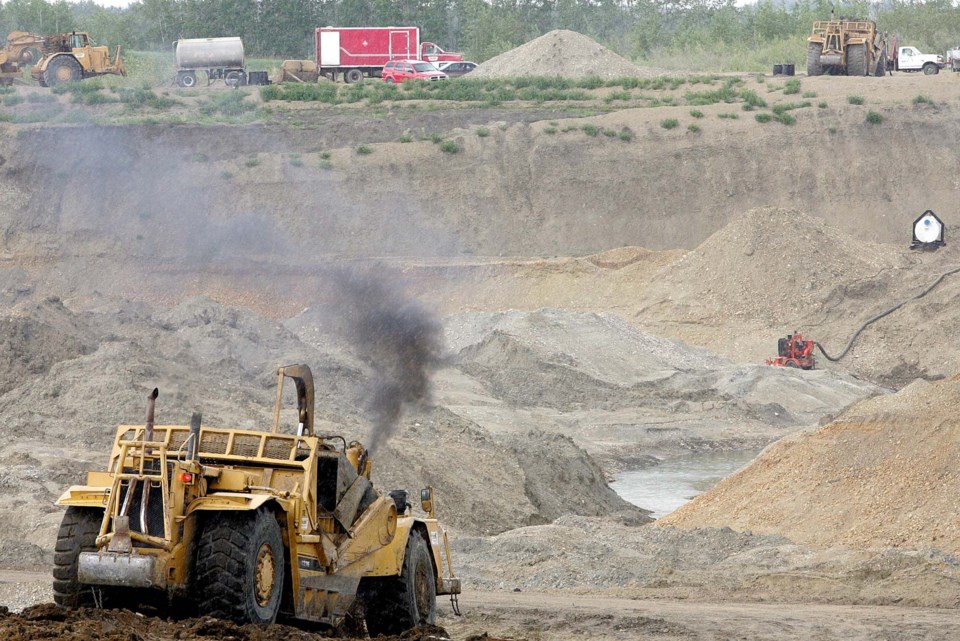Sturgeon County council could let gravel pits operate within 400 m of homes under new regulations now headed for a public hearing.
Sturgeon County councillors voted 4-3 (councillors Neal Comeau, Matthew McLennan, and Kirstin Toms opposed) in favour of first reading of proposed land use bylaw amendments related to resource extraction during the Jan. 24 council meeting.
They also voted 6-1 (McLennan opposed) to enact a long list of measures by Sept. 30, 2023, should the new resource extraction rules be approved. These included the compilation of a groundwater monitoring policy and a review of the allocation model for the Community Aggregate Payment (CAP) Levy (a per-tonne levy paid by sand and gravel companies to local governments for community benefit).
Digging into the changes
Sand and gravel mining is a multi-million-dollar industry in Sturgeon County, with the county spending some $2.6 million last year on gravel for various projects, a report to county council showed. Most sand and gravel operations in Sturgeon are clustered around Calahoo and Villeneuve, where some residents have railed against the noise, traffic, and environmental impacts the mines bring. The sand and gravel industry employs many county-area residents and provided close to $2 million in CAP levies to the county in the last two years.
County council started a review of its resource extraction (sand and gravel, or aggregates) rules in 2019 to address a variety of industry and resident concerns, county planning and development services manager Bonnie McInnis told council. The review's final report called for a science-based model for aggregate extraction that protected jobs, the environment, investor certainty, and community health.
Under the proposed rules, McGinnis said companies in Resource Extraction (RE) districts would have to meet performance standards to mine and process aggregates, such as a 60 km speed limit, groundwater monitoring, regular community updates, and limits on retarder brakes. Sand and gravel mines in RE districts would have to stay at least 400 m from any home and 800 m from any multi-lot subdivision, as was currently the case. The new rules would eliminate an exception whereby a mine could operate within 400 m of a home by having the home’s residents agree to a written site-specific mitigation plan for the mine’s noise, dust, traffic, and other impacts.
Companies that wanted to mine within 400/800 m of homes or subdivisions could rezone their land to the new Resource Extraction–Direct Control 1 (DC-RE 1) district, McGinnis said.
“The new DC district allows for flexibility,” she said, and allows for performance standards to be customized to fit each site.
In these districts, council itself would decide on an appropriate setback based on scientific analysis and the characteristics of a given site, and could impose any performance standards it saw fit. Those standards could include rules for traffic management, community consultation, and noise, air, and water pollution. Permits for these operations would have to be renewed every five years.
The proposed DC-RE 1 district does not include any explicit minimum setbacks from homes for aggregate operations, but does state that those operations had to comply setback rules set out in the county’s engineering requirements, roadway classifications, and the Alberta Code of Practice for Pits.
Toms opposed the proposed changes, citing concerns with the bylaw’s minimum setback requirements.
“Our setbacks are still extremely restrictive, and we are sterilizing a resource we need for the county as a whole,” she said.
Mayor Alanna Hnatiw supported the changes, saying the new direct control district allowed for flexibility, and would allow for more industry-resident co-operation and gravel extraction.
The draft amendments were set to go before a public hearing this February.




